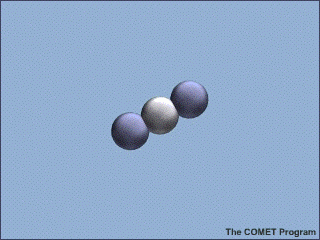SSDD
Gold Member
- Nov 6, 2012
- 16,672
- 1,966
- 280
Nope. You were only awed by small numbers without the critical thinking to see what part of those numbers involved inelastic collisions.Actually, I have handed you and crick your ass on the ozone thread...you are both dupes without the first bit of critical thinking capacity...it is you and the skid mark who are conspicuously absent there...not me.
Sorry guy...your pseudoscientific appeals to complexity failed miserably.

